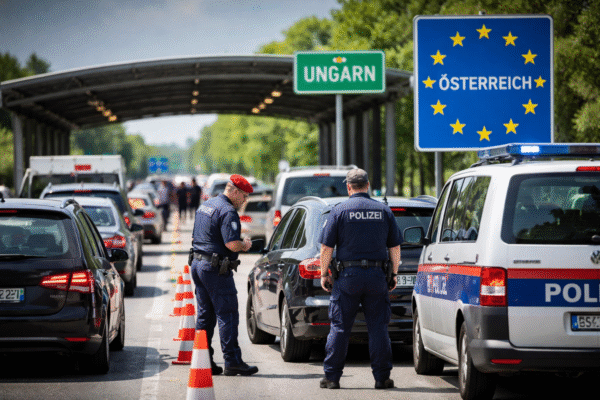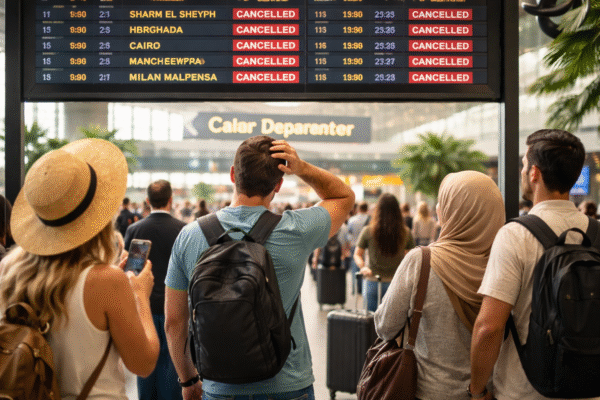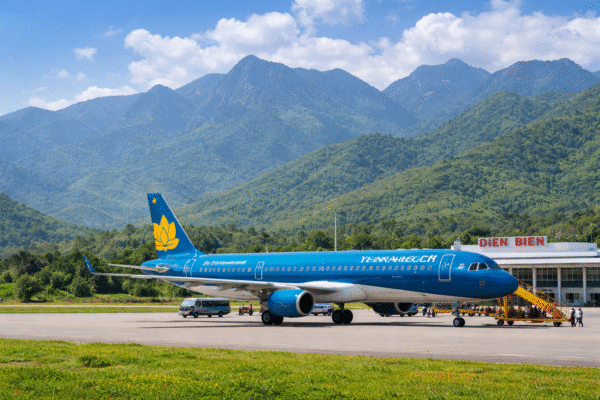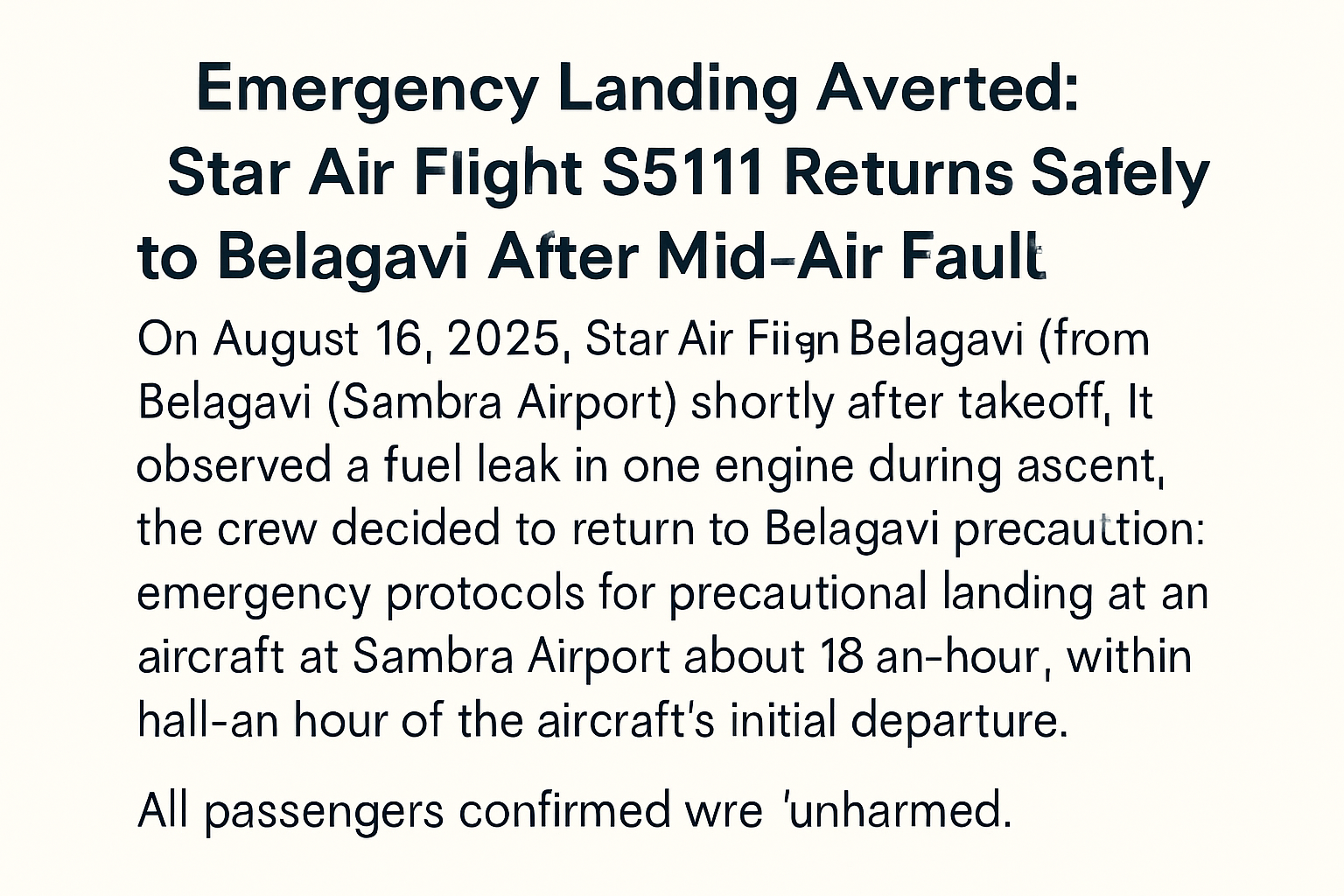On August 16, 2025, Star Air Flight S5111 departing from Belagavi (Sambra Airport) en route to Mumbai encountered a critical situation moments after takeoff. A fuel leak in one engine was detected during ascent, prompting the crew to perform a prompt return and emergency landing.
Thanks to the pilots’ composure and strict adherence to safety protocols, the aircraft touched back down safely—approximately 15 to 35 minutes after initial departure—with no injuries reported among the 48 passengers aboard.
Timeline of Events
- 07:50 AM IST — Flight S5111 takes off from Belagavi.
- Within 15 minutes, the crew notices a technical fault—later identified as a possible fuel leak—while climbing through FL230.
- A decision to return immediately to Belagavi is executed. The flight lands safely at ~08:30–08:40 AM, approximately 40 minutes post-departure.
- Airport officials clarify that the landing was controlled, not a crash-landing, and executed within routine safety measures.
Passenger Follow-Up & Next Steps
Upon landing, passengers were promptly disembarked. Star Air arranged alternative travel: a replacement aircraft from Bengaluru was organized for later travel to Mumbai, or passengers were offered refunds or cancellations.
Official Responses and Oversight
Belagavi Airport Director S. Thyagarajan confirmed the landing was executed safely without emergency procedures and emphasized efficiency of response.
The Directorate General of Civil Aviation (DGCA) has launched an official inquiry into the technical fault. Star Air is required to submit a detailed incident report describing the fault, crew response, and maintenance history.
Why This Incident Matters
Aviation Safety Still Strong in Regional Air Travel
- A technical fault such as a fuel leak is rare but potentially severe—swift identification and action made all the difference.
- The crew’s trained response, coupled with ground coordination and short decision-making time, demonstrates the strength of safety protocols.
Minimal Impact on Operations and Brand Trust
- Despite the disruption, Star Air’s professionalism in managing rebooking and ground services helped preserve customer trust.
- The aircraft remains grounded for now as investigations continue; pending results, Star Air may roll out further safety and training updates.
Reinforces Preparedness for Unpredictable Scenarios
- Emergency protocols are validated by today’s events: from in-flight notifications to runway readiness and ground coordination.
- This underscores the importance of continuous crew training, simulator runs, and technical system audits.
Summary Table
| Element | Details |
|---|---|
| Flight | Star Air S5111, Belagavi → Mumbai |
| Issue Logged | Mid-air possible fuel leak detected during climb |
| Response | Safe return to Belagavi; non-emergency but precautionary landing |
| Passengers Onboard | 41–48 individuals; all unharmed |
| Landing Time | Around 08:30–08:40 AM IST |
| Follow-up Travel | Rebooked via Bengaluru flight; receipts offered |
| Regulatory Action | DGCA has launched an investigation, report pending |
| Operational Impact | Aircraft grounded; operations minimally disrupted; reputation intact |
Final Thoughts
The incident involving Star Air Flight S5111 from Belagavi serves as a reminder that the core of aviation safety lies in the readiness and professionalism of flight crews and ground support.
While technical faults in flight can be unsettling, the successful outcome—notably without harm—demonstrates the effectiveness of emergency protocols and robust training standards.
The DGCA’s ongoing probe will reveal the precise causes and pave the way for refinements in maintenance, design, and operator practices. Meanwhile, for travelers, this serves as unbiased reinforcement of aviation’s resilience and safety infrastructure across regional routes.
For more travel news like this, keep reading Global Travel Wire















